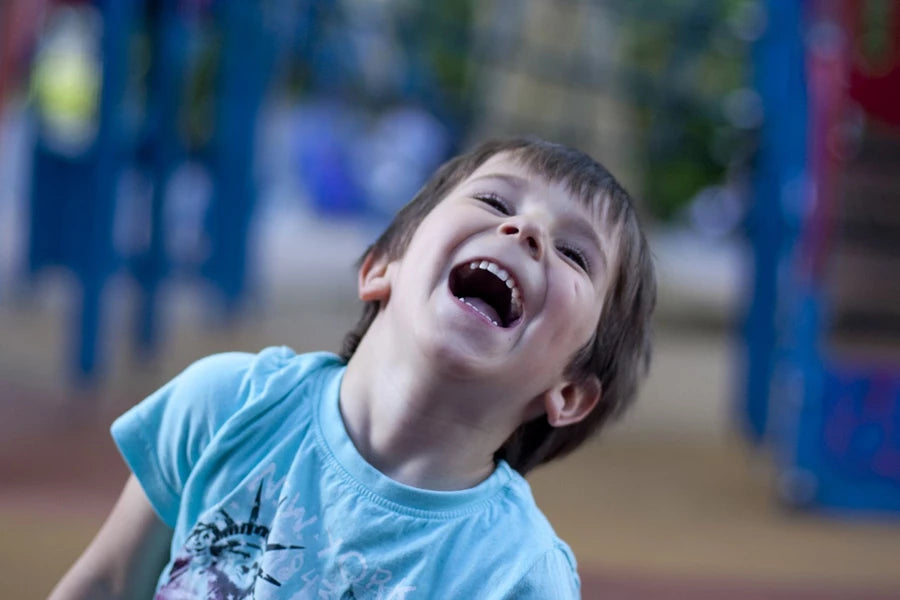
Youngest Children in Class More Likely to get ‘ADHD’ Drugs
Article Source: https://www.madinamerica.com/2017/02/youngest-children-in-class-more-likely-to-get-adhd-drugs/
A new analysis published in the Medical Journal of Australia finds that school-aged children who are younger than their classroom peers are significantly more likely to receive pharmacological treatment for ‘ADHD.’ The research adds to previous studies finding similar results in the US, Taiwan, and Canada.
The researchers, citing Allen Frances, write that these findings suggest that “developmental immaturity is mislabelled as a mental disorder and unnecessarily treated with stimulant medication.”
The Australian study, conducted by Martin Whitely, Leanne Lester, John Phillimore, and Suzanne Robinson, examined over 300 thousand students between the ages of 6 and 10, and 11 and 15. They found that approximately 2% of all children in the study had been prescribed ‘ADHD’ drugs (2.9% of males, .8% of females).
In the younger group of children, those between ages 6 and 10, the students born in June (the last month included in the school-year range and thus the youngest in their classes) were twice as likely to be prescribed stimulant drugs when compared to the oldest students in their classes. For the older group, those between 11 and 15, the discrepancy remained (1.26% more likely for males and 1.43% for females). Similar differences were found when the groups were broadened to compare those born in the first three months and the last three months of the school year intake...
Leave a comment
Also in ADHD Natural News

The ADHD Overdiagnosis Epidemic Is a Schooling Problem, Not a Child One



